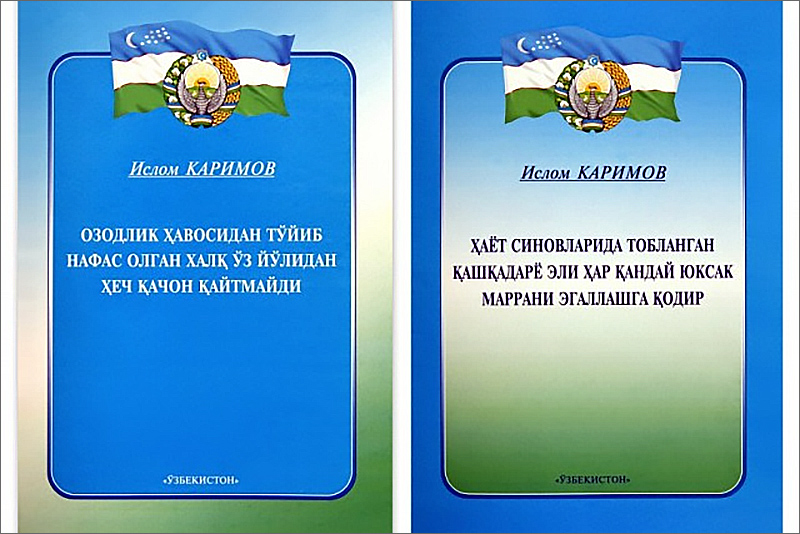Kniga Karimova Uzbekistan Svoj Putj Obnovleniya I Progressa

Abstract Wind is increasingly being used as a renewable energy source around the world. Avian mortality is one of the negative impacts of wind energy and a new technique that reduces avian collision rates is necessary. Using the most frequently-killed species, the griffon vulture ( Gyps fulvus), we studied its mortality at 13 wind farms in Tarifa, Cadiz, Spain, before (2006–2007) and after (2008–2009) when selective turbine stopping programs were implemented as a mitigation measure. Linejnij vihod v fm modulyatore4775424. Ten wind farms (total of 244 turbines) were selectively stopped and three wind farms (total of 52 turbines) were not. We found 221 dead griffon vultures during the entire study and the mortality rate was statistically different per turbine and year among wind farms.
Wind is increasingly being used as a renewable energy source around the world. Avian mortality is one of the negative impacts of wind energy and a new technique that reduces avian collision rates is necessary. Using the most frequently-killed species, the griffon vulture (Gyps fulvus), we studied its mortality at 13 wind farms in Tarifa, Cadiz, Spain, before (2006–2007) and after (2008.
During 2006–2007, 135 griffon vultures were found dead and the spatial distribution of mortality was not uniformly distributed among turbines, with very few turbines showing the highest mortality rates. The 10 most dangerous turbines were distributed among six different wind farms.
Most of the mortalities were concentrated in October and November matching the migratory period. During 2008–2009, we used a selective stopping program to stop turbines when vultures were observed near them and the griffon vulture mortality rate was reduced by 50% with a consequent reduction in total energy production of by the wind farms by only 0.07% per year. Our results indicate that the use of selective stopping techniques at turbines with the highest mortality rates can help to mitigate the impacts of wind farms on birds with a minimal affect on energy production.
• Share this post: • • • • • Tajiks can be said are most suffered nation of former Soviet Union in latest quarter of century – bloody civil war, total economic collapse, massive labor migration, colossal corruption and lack of any freedom and hope. After husbands and fathers were killed or left to Russia or are unable to provide for the family anymore, women in many families of this conservative society had to leave home and seek for opportunities. On life of Tajik women the Central Asian Analytical Network talked with researcher, from the Heidelberg University in Germany. There is no connection between the content of the interview/mentioned cases and the people on the photographs. Photographs of Tajik women are taken and provided by Swetlana Torno Women in mid-ages, on the other hand, worry a lot about the wellbeing of their children: Do they behave and study well? Will my husband be able to earn enough money to buy the necessary books and a new uniform for the next school year for all our children?
How can we possibly finance the university education of the brightest of our children and the upcoming commemoration ceremony of my husband’s mother, the upcoming wedding of my son, the medical treatment for my daughter? Should I look for additional clients in my tailoring business next to my job as a teacher to make the ends meet? Hopefully my daughter is doing well in her husband’s house! Hopefully our son returns back from the military service sound and healthy! Challenges vary for women who for different reasons lost their husbands and thus need to be both, a father and a mother, for their children. The question here is whether they can count on the support from their in-law families next to their own siblings. Finally, labor migration creates a whole range of ‘changes’ and ‘challenges’ that affect women (and men) depending on the time in their life course.
Examples include: the novel way to experience the fathers’ love and study instructions through mobile screens; young brides facing their own and their husband’s estrangement when they return back home after two or more years abroad; women running the family business, overseeing the house construction, and negotiating university entrance fees for their children in their husbands’ absence; old mothers wishing their eldest son would not need to set off again on a troublesome journey into a cold, often hostile country from where some come back home aggrieved. Does the social category of a woman (I mean, being a sister, a daughter, a mother, a wife, a mother-in-law) add additional challenges on her? Yes, and you raise an important point here. People in Tajikistan, and Central Asia at large, ascribe a high value to family relations. When meeting a person in Tajikistan, a common first question revolves around the wellbeing of one’s father, mother, sisters, brothers etc.
- суббота 16 марта
- 45